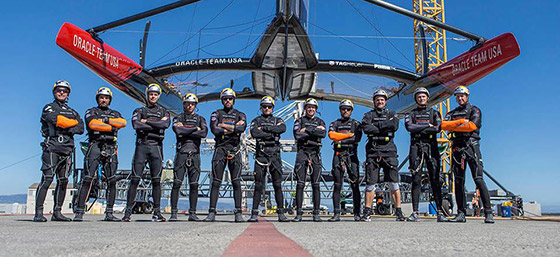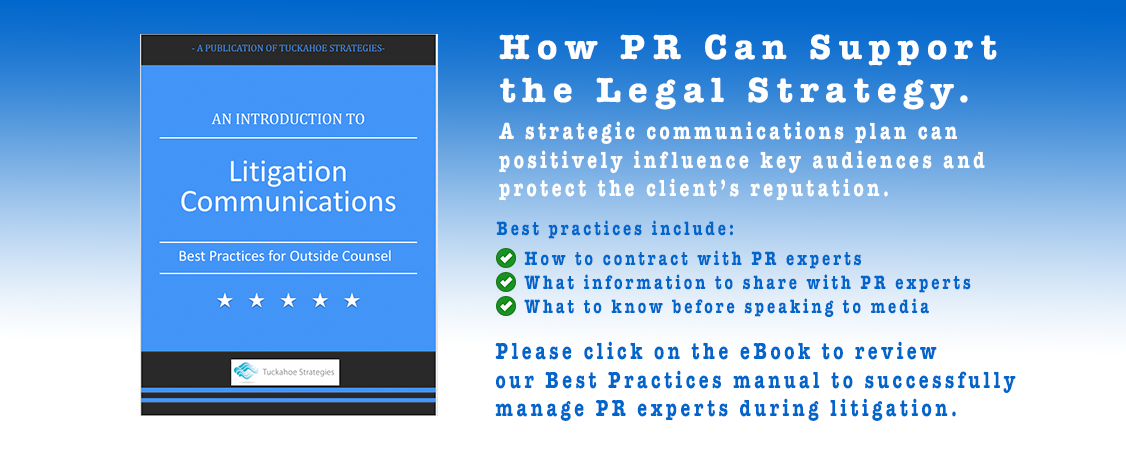Effective communications are more important today than ever, yet we continue to see one PR disaster after another. I often say that 90 percent of the world’s problems can be fixed with 50% better communication – admittedly it is an overstatement but the point is that so many people and organizations would be much better off if they just communicated better.
Effective communications is about taking control of the message. When organizations or individuals go quiet they give up all control and allow for rumor, adversaries and opinion-makers to define them.
So often individuals and organizations caught in the media crosshairs make their situations much worse by “turtling” – closing ranks and going quiet. Conversely, those who are willing to answer questions frankly and forthrightly are almost always better off.
There are of course exceptions. Former Penn State assistant coach Jerry Sandusky clearly did not help his case in his recent interview with Bob Costas wherein he said among many things, “I shouldn’t have showered with those kids.” Clearly Sandusky was ill prepared and would have been better off not doing the interview.
However, there are a number of cases where individuals have stepped up, taken their licks and moved forward.
Take the case of Alex Rodriguez when in February 2009 news surfaced that he had taken performance-enhancing drugs when he played for the Texas Rangers. A-Rod quickly conducted in-depth interviews and eventually did a full-blown presser taking all questions. His demeanor was contrite and his answers detailed and sincere.
- “I did take a banned substance. And for that, I am very sorry and deeply regretful.”
- “Back then, [baseball] was a different culture. It was very loose. I was young. I was stupid. I was naive. And I wanted to prove to everyone that I was worth being one of the greatest players of all time.”
It is no secret that A-Rod isn’t exactly the most popular player in baseball, but his honesty and apology went a long way even among his critics. Once the story initially broke by Sports Illustrated, A-Rod quickly took control of the story and owned the message and perhaps his legacy.
Michael Vick’s return to the NFL is another good example. At the time Vick was the most hated person in sports but the Philadelphia Eagles rolled the dice and signed him to a contract. In a news conference soon after signing with the Eagles, Vick sat under the bright lights and answered all the questions. He too was apologetic and remorseful:
- “I know I’ve done some terrible things, made a horrible mistake. Now I want to be part of the solution and not the problem.”
- “For the life of me, I can’t understand why I was involved in such pointless activity,” Vick said. “Why did I risk so much at the pinnacle of my career?”
Today, while few have forgotten about Vick’s crimes, his reputation is mostly rehabilitated. Vick owns the dogfighting message by being an outspoken critic of anyone involved in dogfighting. He now takes a leadership role in combatting dog fighting by speaking at churches, schools and has even testified before Congress on the issue.
On the other end of the spectrum there are the cases of IndyCar and Joe Paterno. Both acquiesced control of their message and stood by as their reputations were perhaps forever damaged.
Last month IndyCar driver Dan Wheldon was killed at Las Vegas Motor Speedway in a 15-car accident. The tragedy spurred several questions from fans to media: Are the racecars unsafe? Did IndyCar put the drivers in an unnecessarily dangerous situation? Were there too many cars in the race? Did all the drivers have enough experience? Did the $5 million bonus contribute to the fatality? Should IndyCar race on that particular racetrack with high-banks?
IndyCar leadership for the most part has remained quiet about the fatality, though an internal investigation is underway. The lack of communications frustrated fans and media reflecting poorly on IndyCar, which is working hard to improve its image and appeal to a broader audience. IndyCar did little to take control of its message and so the message, nearly all of it negative, defined the organization as lax on safety and disorganized.
When Jerry Sandusky was arrested and charged with 40 counts of sexual abuse a ticking bomb was rolled onto the Penn State campus. Yet, no one in a leadership role at Penn State attempted to defuse the bomb before it was too late.
Coach Joe Paterno decided to “turtle” and remain mostly silent. We do know that Paterno took some action upon hearing about Sandusky’s action, but seemingly the bare minimum. This all came to a head on Tuesday, November 8 when media from around the country showed up for Paterno’s weekly news conference to cover the Sandusky story. The university told media they would only be allowed to ask football-related questions, which set off a firestorm among media on Twitter. Then suddenly the news conference was abruptly cancelled 30 minutes before it was scheduled to start. This immediately put Paterno and the Penn State on the defensive and raised even more suspicion. Two days later Paterno was fired. By remaining quiet, Paterno allowed the story to define him. Even if Paterno’s actions were not what would be expected of the longtime leader, a media session could have been of great benefit. He could have explained what he knew and what action he took. He could have apologized for not doing more – anything would likely have been better than silence. Who knows, he might have finished his career on the sidelines or at least might have gone out with a little more dignity.
The bottom-line is if you give up your voice then you cede control of your message and reputation.
###







